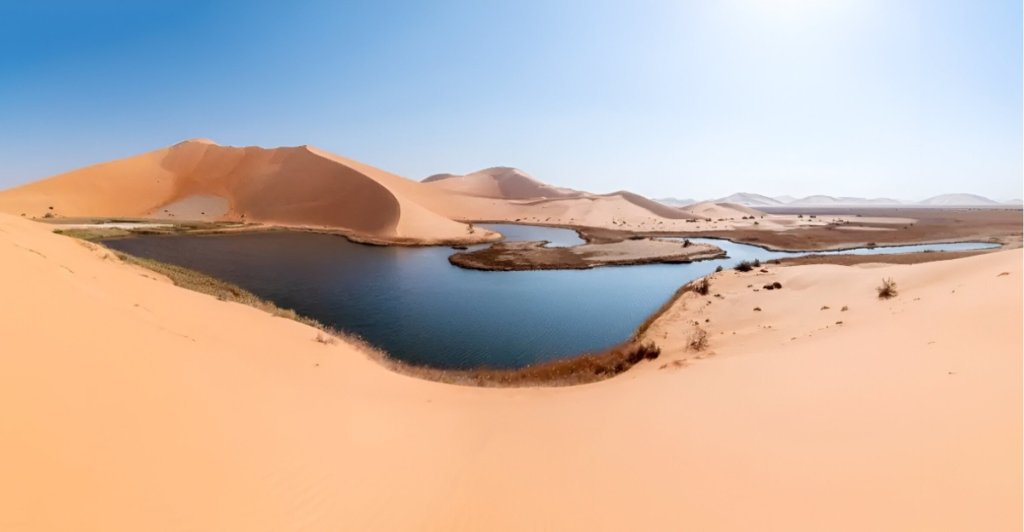
The Sahara is the very picture of desolation: a huge, unfriendly ocean of sand where water cannot linger. But occasionally, something occurs that contradicts this picture. In a dramatic reversal of nature, enormous lakes suddenly and inexplicably appear in the desert, attracting strange wildlife back to what had been considered desolate.
These paradise-like bodies burst forth after intense storms deposit torrents of rain, changing the dry land, at least temporarily, from caked and empty to glinting and green. What creates these lakes, then, and what does it predict for the future of the Sahara? Prepare yourself as we descend into the secret lakes of the Sahara’s unspoken history.
The Unlikely Source of Desert Lakes
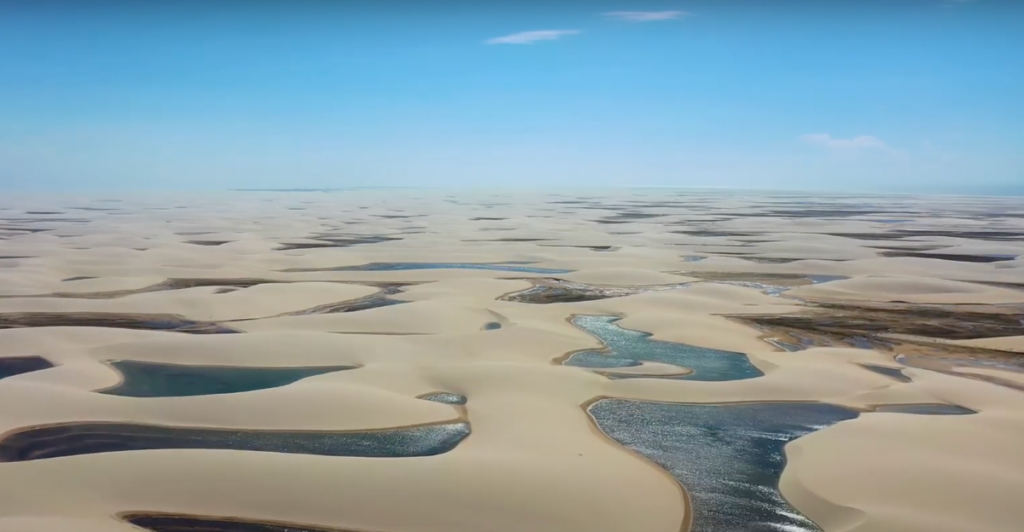
These rare storms are central to this phenomenon. Under ordinary circumstances, the Sahara is too dry to accommodate still water. But new research shows that Heavy Precipitation Events (HPEs); intense showers of rain, occasionally pierce the rain shadow of the region.
These HPEs driven by extratropical cyclones dump colossal amounts of moisture deep in the desert. A dry basin named Sebkha el Melah turns into a temporary lake. These are short-lived yet beautiful lakes that refresh a landscape otherwise dominated by sand and wind.
A Team of Curious Minds

The research breakthrough is owed to a team of dedicated researchers led by Dr. Moshe Armon at Hebrew University and Dr. Franziska Aemisegger from the University of Bern, who were aided by friends at ETH Zurich and the University of Haifa. The researchers analyzed satellite data carefully in order to track trends of storms and measure lake levels.
Their work illuminated why these unusual weather patterns breach natural boundaries such as the Atlas Mountains to provide water in places least expected. The ambition of the project was straightforward but profound: how do fleeting lakes keep challenging the desert’s relentless reputation?
The Magic of Moisture Pathways

How can these storms bring so much water to so arid a region? The secret is atmospheric choreography. Extratropical storms along the Atlantic coast draw water inland, where it dances around the high ground of the Atlas Mountains.
Raindrops falling from the sky never make it to the ground, but the water-laden air keeps on moving, creating a chain reaction that adds to the overall dampness of the region. Only the strongest storms make it through this gauntlet, their strength permitting water to accumulate in low-lying basins, creating lakes as fleeting as they are unexpected.
Not Just Any Storm Will Do
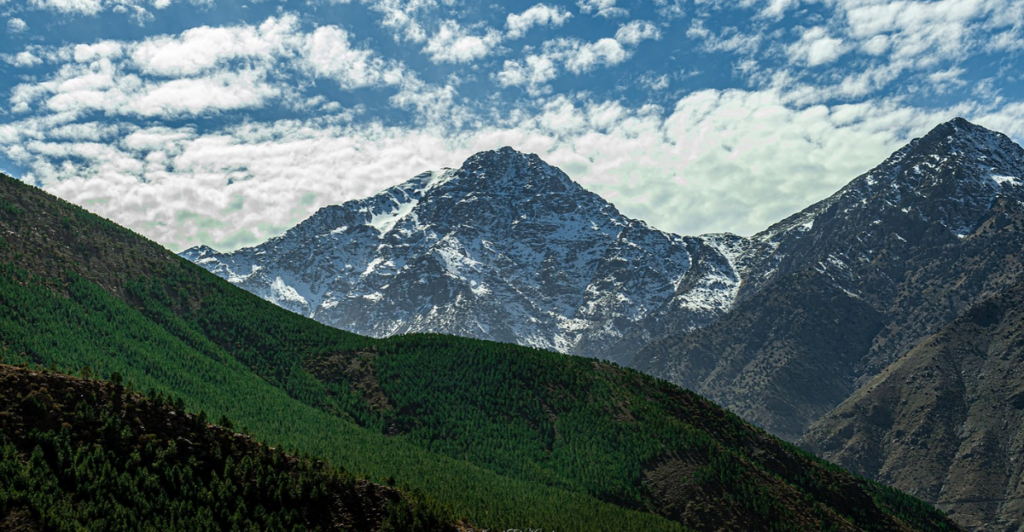
There are numerous rain systems that try to break into the Sahara, but very few of them succeed. Most are thwarted at the Atlas Mountains, where their water is evaporated before they even reach the sand. And yet, slower-moving cyclones are more likely. By circling over the area, they permit more water to build up, which creates the conditions for a lake-filling event.
A marriage of heaven converts dust into water and parched earth into an image of the sky. Only six such events occurred between 2000 and 2021, indicating just how rare these events really are.
Life Finds a Way

When the lake surfaces, life comes pouring in as if held in check right behind the dunes. Desert frogs, migratory birds, and hibernating plants all grasp the chance to hydrate before the water disappears again.
This fleeting spasm of diversity is a powerful reminder that even the bleakest landscapes carry hidden potential when the time is right. Scientists are amazed at how rapidly these creatures sense and capitalize on the temporary availability of water.
Desert Futures and Climate Change
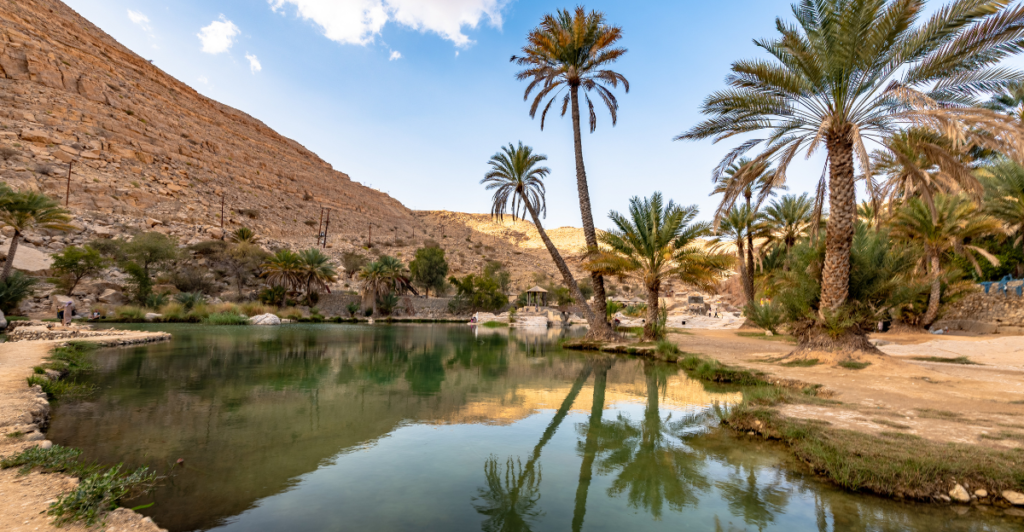
With changing climates, might such rare lakes become more frequent? Some models predict that enhanced moisture transport might periodically boost water supplies in the Sahara. While not a guarantee of the desert becoming greener, this could become a more frequent oasis and restore barren lands.
Scientists state that predicting these events is difficult, and the transitory nature of such lakes renders lasting change unlikely. What is known is that even slight atmospheric change can have great impacts on the world’s most iconic desert.
The 2024 Flooding Mystery
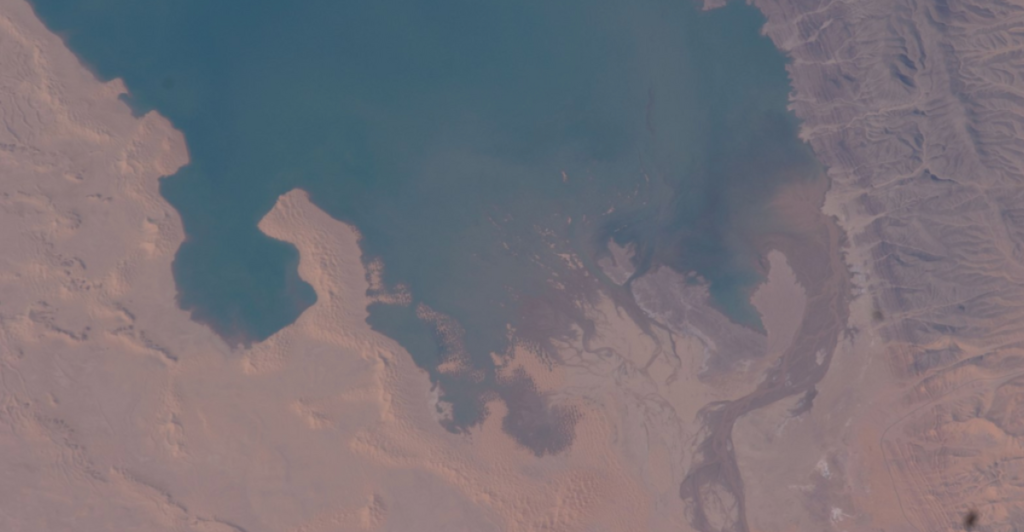
Sebkha el Melah filled up in September 2024 to the surprise of scientists and locals. Satellite images verified a massive surge of Atlantic moisture, similar to past lake-filling events.
Scientists are still trying to figure out how this single cyclone overcame the normal barriers, but the incident is a reminder that nature prefers to surprise the best-informed predictions. While this impact remains a source of confusion to meteorologists, it also teaches us in a cruel manner just how little control we actually do possess over when dealing with atmospheric influence.
What We Learned From the Past
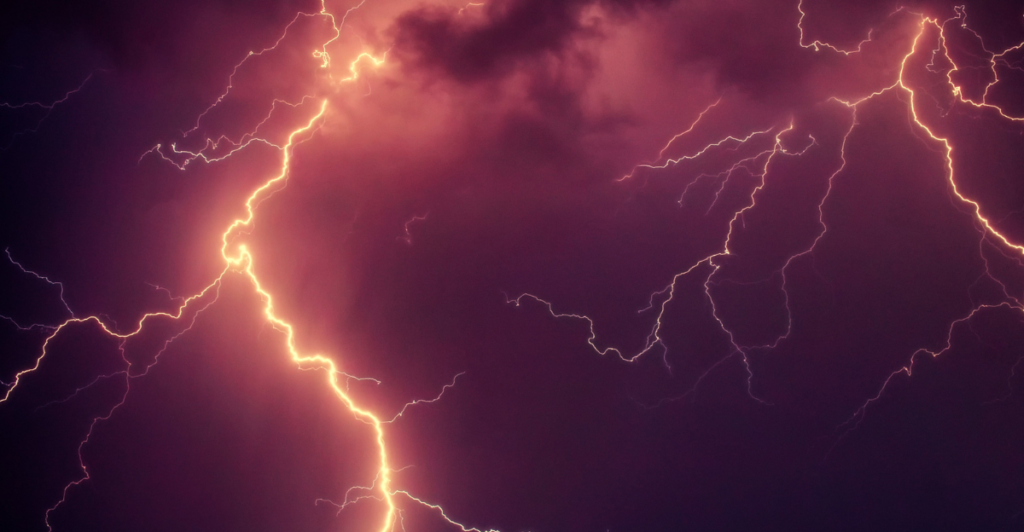
The research does not just illuminate our understanding of today’s climatic trends, but also sets history straight. It disproves previous speculations that claimed lingering, lengthy rainfall once sustained past wetlands. Rather, gigantic and rare storms led to short periods of wetness in the Sahara’s history.
Exploring sediments and climate history, scientists are cracking codes to decipher how titanic floods shaped old landscapes. The research affirms the notion that even deserts hide secrets of water, life, and change in their dunes.
The Oasis That Was
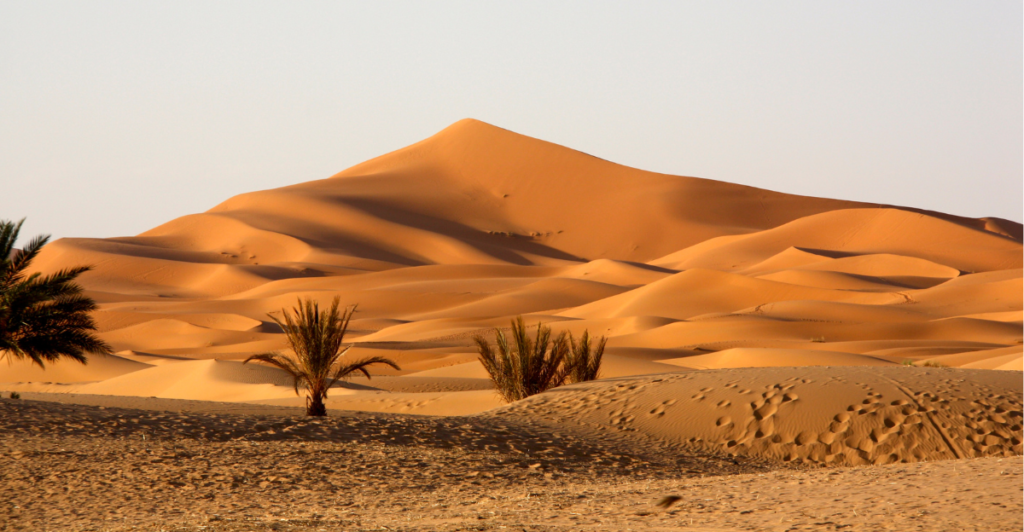
When the sun takes the land back and the lake dries up, the Sahara is once again back to its well-known, brutal form. The fleeting sparkle of life is gone and cracked mud and phantom salt flats remain. But the residue of water remains: a testament to the fact that nature keeps her own time, independent of human reason.
These ephemeral lakes are all about tenacity and compromise, reminding us that even the driest of landscapes hold keys to resurrection. The sole question remaining is: Will global warming make these temporary oases a norm, or will they continue to surprise us for centuries to come?
Explore more of our trending stories and hit Follow to keep them coming to your feed!

Don’t miss out on more stories like this! Hit the Follow button at the top of this article to stay updated with the latest news. Share your thoughts in the comments—we’d love to hear from you!







